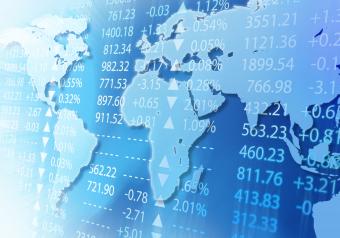Employment & the Economy
Recent Activity
Securing the Future seeks to define what policymakers and scholars mean by integration while attempting to sketch the contours of U.S. integration policy. The volume reviews evidence of immigrants’ integration by examining the progress of the second generation, as well as trends in education, health, the workforce, and citizenship.
The addition of Romania and Bulgaria to the European Union means another round of anxieties about labor migrants. Catherine Drew and Dhananjayan Sriskandarajah of the Institute for Public Policy Research in London explain how this enlargement is different from the historic one in 2004 and why most EU Member States favor temporary restriction.
This fact sheet examines demographic and labor market characteristics of Mexican-born workers in the United States and compares them to those of all foreign-born as well as native-born U.S. workers. The report focuses on workers age 16 and over who participated in the U.S. civilian labor force in 2006.
In moving from the first to the second generation, most groups in New York and Los Angeles have retained a fairly stable rate of self-employment, according to Steven J. Gold of Michigan State University, and Ivan Light and M. Francis Johnston of the University of California, Los Angeles.
For an increasing number of scholars, international migration has undergone a transformation particularly in the last decade or so. Although circular migration’s impact on development is far from settled, a review of the current literature suggests increasing optimism about its developmental potential.
The culminating report of the Independent Task Force on Immigration and America’s Future seeks to design a new and simplified immigration regime that averts illegal immigration, and at the same time, harnesses the benefits of immigration for the future.
This report examines the debate over whether immigrants depress wages and displace native workers in the U.S. labor market. It provides an overview of research since the mid-1990s studying the impact of immigration on native wages and job displacement, and reviews additional factors that may affect labor markets.
This report provides a background for policy discussion on high-skilled immigration to the United States by presenting an occupational profile of foreign-born professionals and highlighting their contributions to the U.S. economy.




